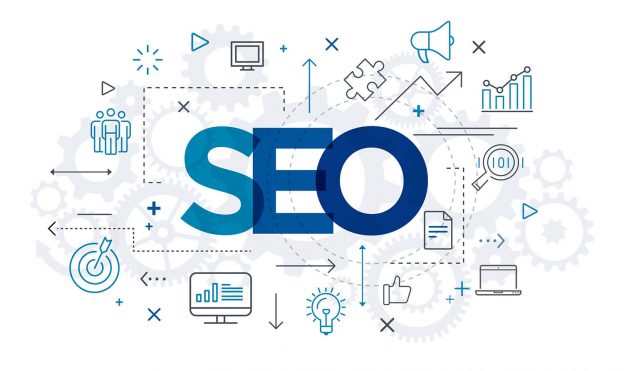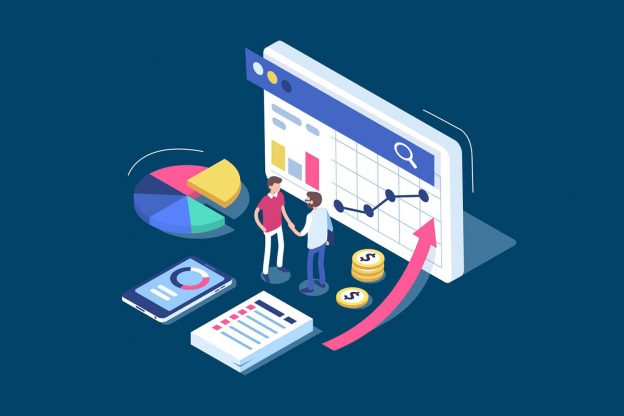OK so we've covered the letters A to M.
This time let's take a look at N to Z, starting with...
Natural / organic search results
Search engine results which are not sponsored or paid for.
Nofollow tag
The nofollow tag is a way website owners can tell search engines not to count some of their links to other pages as 'votes' in favour of that content. This can help to inform search engines that you're not involved in any schemes deemed as unacceptable SEO practices, such as link farms. A form of 'Link condom'.
Noindex
Noindex code does exactly what it suggests - it tells search engines NOT to index the page, so that it cannot be found in searches. Noindex is used by website developers on any page that they don’t want users to find otherwise. For example, a link from an email giving recipients a special offer.
Non-reciprocal links
One-way inbound links to your website that originate from other sites. Search engines give more value to these one-way links as they are less likely to be the result of collusion between websites.
Organic links
Organic links are published to add value for users of your website, and are therefore good SEO practise. They are more likely to appear in a context relevant to the subject of the website.
PageRank
A value between 0 and 1 assigned by the Google algorithm, which quantifies link popularity and trust (among other factors). PageRank is a way of measuring the importance of website pages. It works by counting the number and quality of links to a page to determine a rough estimate of how important the website is. The underlying assumption is that more important websites are likely to receive more links from other sites.
Portal
A web service which offers a wide range of features to encourage users to make the portal their 'home page' on the internet, for example Google, MSN, BBC.
Pay Per Action (PPA)
Similar to Pay Per Click (see below) except advertisers only pay when click-throughs result in conversions.
Pay Per Click (PPC)
An advertising method where the advertisers only pay when a user clicks on their ad. Google Adwords is the most widely-used brand of PPC advertising.
Redirect
A way of changing the address of a landing page, for example when a website is moved to a new domain.
Return On Investment (ROI)
Widely used in business; in an online context software such as Google Analytics is used to measure ROI and therefore the cost vs benefit of different online marketing methods.
Search engine
A programme which searches web pages for relevant matches of keywords/phrases, and returns a list of the most relevant matches. The most widely-used is Google, followed by Bing and Yahoo.
Search Engine Marketing (SEM)
Researching, submitting and positioning a website within search engines to achieve maximum exposure. SEM includes things such as SEO, paid listings and other search-engine related services to increase traffic to your website.
Search Engine Optimisation (SEO)
So here it is! SEO is the process of increasing the number of visitors to a website by achieving a high rank in the search results of a search engine. The higher the search rankings, the greater the chance that users will visit the site. Most people won't look past the first few pages of search results, therefore a high rank in SERPs is essential for obtaining traffic.
SERP
Search Engine Results Page.
Site map
A page or group of pages which link to every page on a website. The site map can help users to navigate their way around a website, particularly a large and complex one. In terms of SEO, a site map helps spiders to find and then index all of the pages.
Spamdexing
Another Black Hat SEO technique. It's the practice of changing or creating web pages to increase the chance of them being placed close to the beginning of search engine results, or to influence the category to which the page is assigned in a dishonest manner. Many search engines check for instances of spamdexing and will remove suspect pages from their indexes.
Spider
See Bot above.
Splash page
Often animated graphics pages without much text. Splash pages are intended to look appealing to humans. However search engine spiders only navigate through text and may therefore ignore splash pages. So in terms of SEO, they're best avoided.
Static page
Web pages that consist only of HTML and images. Static pages are good for SEO in that they are friendly to search engine spiders.
Sticky content
Content published on a website which has the purpose of getting a user to return to that particular website or hold their attention and get them to spend longer periods of time there. Examples of 'sticky' websites are forums, news sites and blogs.
Supplemental results
Pages with very low PageRank, which are still relevant to a search query, often appear in the search engine results page with a label of 'Supplemental Result'.
Time on page
The amount of time that a user spends on one page before leaving. It's therefore an indication of quality and relevance.
URL
Uniform Resource Locator - or your web address.
User Generated Content (UGC)
Any form of website content such as text, video, blogs, images, audio files etc., created by people and publicly available to others. Social media sites, wikis, and blogs rely heavily on UGC.
White Hat SEO techniques
These techniques conform to best practice guidelines and do not attempt to unscrupulously manipulate SERPs.
So that's it for now. There's a lot more to SEO than first meets the eye, and we're sure there's even more that could be added to this list.
If you're now more confused than ever, or are interested in hearing more about how we can help with your website's SEO, get in touch.

